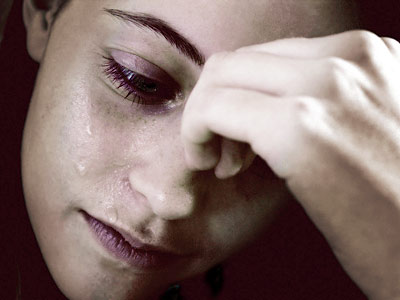New Insight Into Link Between Depression and Physical Pain

Psychologists have long known that depressed people often complain of physical pain that seems out of proportion to their actual physical ailments. What was not known was whether the depression led them to exaggerate, whether their unusual pain added to the depression, or whether depression actually increased the pain they felt. A study reported in the June issue of the journal Biological Psychiatry offers new insight to the relationship between depression and physical pain.
The new study examined healthy people and used brain scans to determine what was happening in their brains through the experiment. The subjects were induced into a mild state of depression by listening to negative thoughts and sad music. The researchers, led by Oxford neurologist Dr. Chantal Berna, found that as the subjects became blue, their brain circuitry changed in a part of the brain that controls the perception of pain.
The result in these healthy patients was that their brains were prepared to experience pain as more unpleasant and to experience more negative emotions in response to pain.
Researchers caution that further study is needed to understand the relationship of chronic pain to depression, but one important link in the chain of cause and effect is clear: Being depressed makes the brain cope less well with pain, so that a depressed person with a sprained ankle or migraine really will experience more distress than someone with a similar ailment who is not depressed.
So, should doctors treat depressed patients who complain of pain for their pain or their depression? Both, of course, but the news here is that, for depressed patients whose pain seems out of proportion to the cause of pain or for which a cause can not be found might be helped by therapy that addresses their depression instead. Both physicians and psychologists will be better able to help depressed patients with intractable pain by understanding how depression actually makes pain hurt more. Future attention to the brain circuitry of chronic pain sufferers may offer hope for real progress.